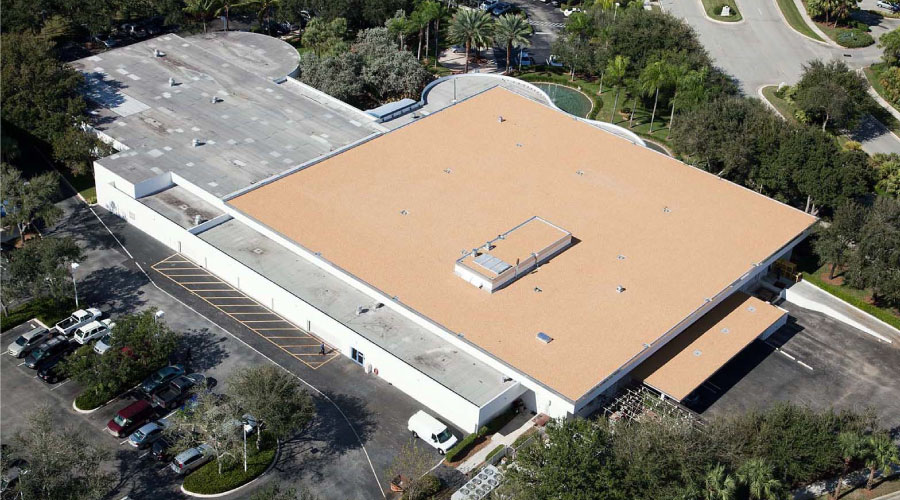How To Get The Most From Your Roofing Budget: Repair, Replace or Re-Cover?
During the Great Recession, if you're like most facility managers, you have been using your superior property management skills to save money where you could. Because of this, you have been putting off reroofing and have been patching as best you can to eke out just one more year. Finally, you have money in the budget to reroof. But should you? How do you know when it is really time to reroof? How do you proceed? Which way do you go — do you tear off the whole thing down to the deck and start fresh or do you re-cover what is already there or do you do something entirely different? Ultimately, the question is when it comes to getting the most from your roofing budget, do you repair, replace or re-cover?
The first question to ask yourself is whether you really need a new roof. Generally, if your roof needed replacing before the recession, it still needs replacing now, and probably even more so. However, if you have managed to stretch the roof's life the past few years, there may be some left in the old roof. So the first step is evaluate it.
Look at your roof to evaluate the condition. Are there widespread leaks or leaks that just cannot be found? Start by walking around the interior and keeping an eye out for water stains. If you have not been constantly changing out ceiling tiles, the location and size of water stains will help analyze the frequency and pattern of the leakage. It may be that the stains are showing that your leaks are really at your windows, not your roof. If that is the case, you have just saved yourself the cost of reroofing.
Next, take a walk around the perimeter of your building. If you can see all the way to the top of the building (which may not be possible on a downtown high-rise) check to see if there is water staining on the walls. This may show that you have wall problems, not roofing issues.
Then tour the roof itself. Look at the membrane. Is it cracking or blistering? Can you see the fiberglass or polyester reinforcing? Is the surface breaking down? Are the seams loose or open? These are good clues that the roof has aged to the end of its life.
Walk the perimeter of the roof and around mechanical equipment and other penetrations. Are the flashings from the membrane up the vertical sides intact? Are they loose, cracked, absent, punctured, missing surfacing, or otherwise deteriorated? Now examine the metal accessories and penetration flashings. These are items like goose necks, vent pipes, equipment stands, duct stands, ventilator fans, metal edges, copings on parapets, etc. Look carefully at the way they were waterproofed. Is the sealant used intact (regardless of whether it is roofing cement, asphalt, pourable sealer or liquid applied materials) or has it shrunk, cracked or peeled from the, penetration? Are the metal accessories (such as gravel stops, curbs, hoods, ducts, counterflashings, copings, goosenecks, etc.) corroded, punctured, missing, or otherwise deteriorated?
Roof damage generally starts at these perimeter and penetration details, and widespread problems with flashings are also good clues that the roof is in poor condition.
Related Topics:














